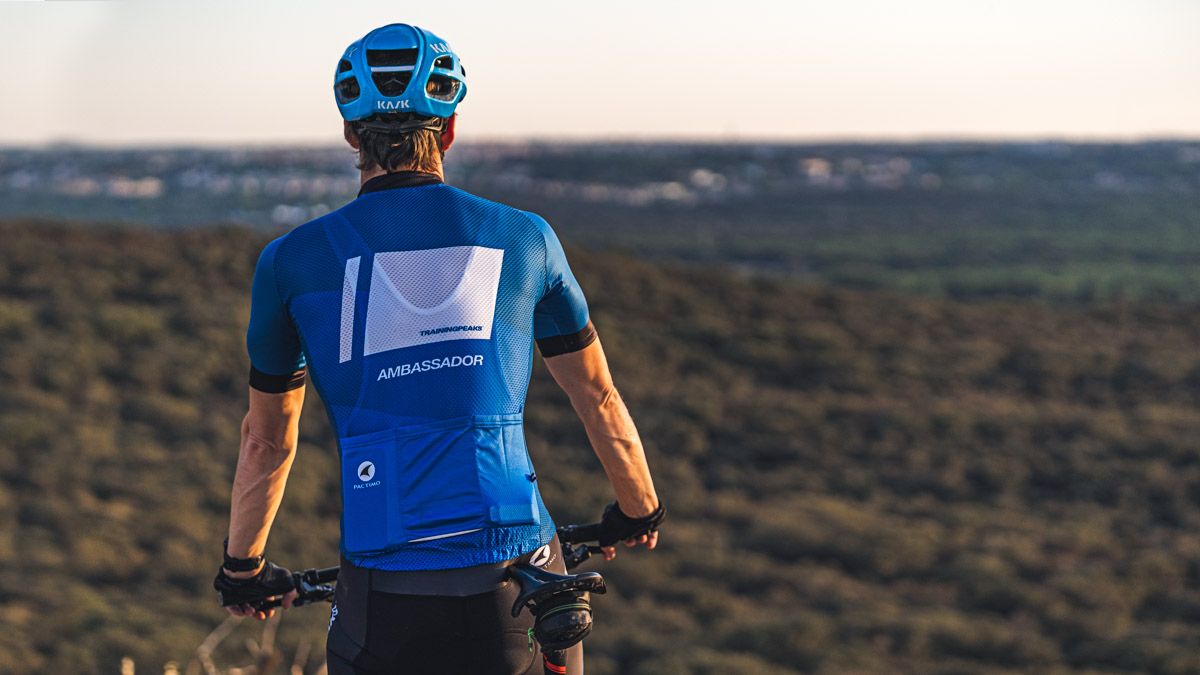Okay, this will be hard, but I am going to write this post without once mentioning the ‘C’ word. Lately, it is impossible to avoid it. It’s on the news, social media, and most blogs are dedicated to it—but not this bad boy. I don’t want to give that virus the time of day. Instead, I am going to talk more generally about how we athletes can best deal with canceled races for whatever reason that might be. When we get the news that a race isn’t going ahead, there are a few steps we can take:
Step 1: Deal With the Emotion
You hear the news and it’s a shock. Chances are you are feeling emotions like anger, frustration, even grief and that’s okay. It’s a natural reaction to want to throw your toys out of the pram when factors outside your control ruin your plans. However, it’s important to channel that emotion in the right way. Attacking large corporations about their refund policies will not make you feel better, nor will sounding off online. You are better off ringing a training buddy to blow off a little steam in a way you won’t regret later.
Step 2: Build a Bridge and Get Over it
Okay, this is my tough love moment. Once you’ve processed your emotions, now you need to park them and look forward. Yes, it was your ‘A’ race and you may have already invested a lot of time and energy, but dwelling on what is lost will only stifle your progress. If you’re fortunate enough to have your health and ability to train, you can shift your focus to getting ready to race when the calendar opens up again. Unfortunately, many people will have bigger things to deal with in a time of crisis, lost jobs, and sadly even lost loved ones. Hopefully, a canceled race is the worst thing you may have to process.
Step 3: Review Cancellation Policies
Many races are offering athletes the option of deferring their entries to 2021. While it may be tempting to just bump your goal back another year, make sure to review your calendar, check out the logistics, and talk to your coach/training posse. Grabbing the first alternative before fully reviewing your options may leave you open for regrets later on. Take your time and find the right option for you.
Step 4: Plan To Get Something Out of This Year
Now that the A-race is probably a long way away, look at creating a mini-goal for this season. One option is to look into smaller domestic smaller races, these are more likely to happen. You can also shift your focus to addressing weaknesses like core strength, technical bike handling, or nutrition. Think of this time as a bridge between this moment and restarting your A race plan.
I am currently having these conversations with my squad, and people who have bought one of my plans. We’ve found that even just taking that simple first step of looking forward to a new goal can be incredibly therapeutic.
Step 5: Take the Opportunity to Learn
In times of crisis, people get creative. We have found new ways of training, some of which will be better than the old ways of training.
Virtual Training
Maybe you are doing the group indoor rides with your training pals on Zoom. Does it make that session go faster? Yes? Let’s keep doing that.
Strength and Flexibility
Maybe you are trying yoga. Maybe it was never on your radar before (too busy, pools to visit, miles to ride) but since you added it, maybe there has been no sign of that troublesome calf injury. Might want to keep that downward dog stuff in the plan.
Dryland Swim Workouts
When you get the chance to get back to swimming and hopefully find your catch strong (admittedly only positive) that might have something to do with the 2 x 20 min dryland session for the last few weeks. Strong catch… sounds sweet to me.
Current circumstances have called for a lot of innovation. Don’t blindly return to old “tried and tested” routines once things settle down. Have a chat with your coach/training pals and take note of the new approaches that worked well for you so you can incorporate them into your next training plan.
Step 6: This Too Shall Pass
While it might be hard to see, this too shall pass. Club training, long group bikes and racing will all return. As a triathlete, you have already shown discipline and determination to achieve fitness and personal goals. Don’t lose faith now. Step back from the Netflix and treats and find a new schedule that builds on the gains you have already made.
Step 7: Reset
Imagine if your race was to still to happen in six or eight weeks’ time. Would you be confident with your training? I suspect many of you would be in the same boat as me, missing more long bikes or turbo sessions than maybe was ideal.
Of course, it would be foolhardy to think we will ever be 100% happy with our training (we always think we could have done more) but there are big learnings we can take on board without some painful race lessons. It is not often we get the chance to hit the pause button in life, review/reflect and then try to tweak things to our advantage.
Look Forward, Not Backward
In summary, a race cancellation is never welcome news but how we dust ourselves off, apply learnings, and refocus will be the real definition of ourselves as triathletes.
Stay safe, stay healthy and above all, stay positive folks.








